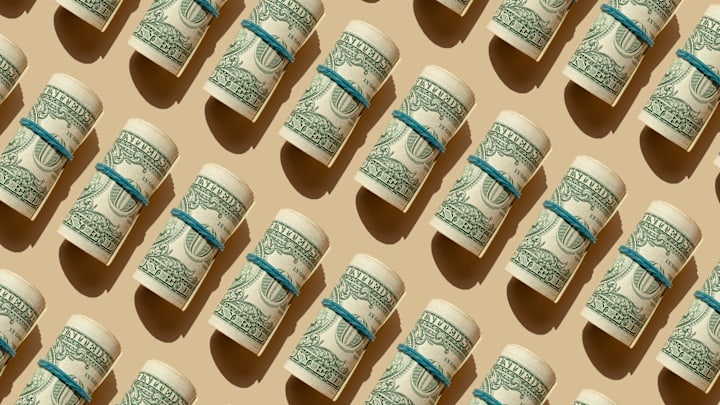There’s a lot of slang for American currency, from moolah to dough to greenbacks to dead presidents. (Though not all bills carry presidential faces: The $10 bill features Alexander Hamilton, technically making it a dead Secretary of the Treasury.) But the most pervasive example might be referring to cash as a buck. Gas is three bucks a gallon; it costs 12 bucks to see a movie; you give the pizza delivery driver eight bucks for a tip. So when and why did we start to refer to money in denominations of bucks?
Buck Through the Centuries
Buck is one of the more versatile words in the English language. Perhaps the oldest use is its role in Old English, where it was then (and now) used to describe a male goat or deer, among other male animals. It was co-opted circa the 14th century to describe a libidinal young man, and later was used to describe an ambitious person (whom we might now call a “young buck”). In the 1800s, it was also used as a slur against Black or indigenous men.
One could also use the phrase buck up, meaning “dress well,” or say “buck up” in reference to having the motivation to get things accomplished.
From Buckskin to Buck
The precise etymology of buck as currency—specifically a dollar—is unclear, but there are theories. Because deer were known as bucks, their hides were called “buckskin,” which was a form of currency in the 18th century. According to Huffington Post, a mention of buck in this context can be found in a 1748 journal entry in which Pennsylvania Dutch pioneer Conrad Weiser values whiskey at “5 bucks.”
The Oxford English Dictionary dates buck in the context of a dollar to 1856, the earliest known printed mention. The Democratic State Journal in California made note of a crime in which “Bernard, assault and battery upon Wm. Croft, [deprived] the sum of twenty bucks.”
The slang term persisted into the 20th century. The OED notes this sample from McClure’s magazine in 1903: “A man ... passed around some gold watches…twenty bucks they cost you over the counter.”
The Value of a Buck
There was no direct conversion rate between one single buckskin and a denomination. That value depended on how thick the pelt was, and this varied from animal to animal. At the time of Weiser’s entry, the U.S. dollar didn’t even exist yet. But because buckskin did represent some form of monetary value, it became synonymous with printed money.
It makes sense, but so does another explanation: that buck was derived from sawbuck, the slang term for a $10 bill and so named for the Roman numeral X that appeared on early bills that reminded people of a wood-chopping frame known as a buck.
However it came to be, the usage of buck meaning “money” has risen steadily from the mid-19th century. If you invoke the term, it’s likely most everyone will know what you mean—but if you want to be a little more creative, you can also opt for bread, bank, or clams.
Read More About Words:
